IMPROVING THE GLOBAL STANDARD OF LESS LETHAL TECHNOLOGY (McLean, VA – June 17, 2021) After setting the global standard in less lethal technology with the original FN 303 system, FN America, LLC, the world leader in developing law enforcement technology and training, is pleased to announce the release of the FN 303® Mk2 Less Lethal Launcher. FN answered requests from law enforcement officers and agencies to make key improvements to service life and accuracy.

“From the first release of the FN 303 Less Lethal launcher in the early 2000s to the release of the Mk 2 variant today, FN has been at the forefront of the ever-changing landscape of policing, developing innovative solutions for officers and agencies,” said Charles “Bucky” Mills, Sr. Director, Law Enforcement and Federal Sales for FN America, LLC. “Updates in the FN 303 Mk2 include fully adjustable sights for ease of zeroing, and upgrades to the air operating system that double the service life of the launcher and reduce required maintenance.”
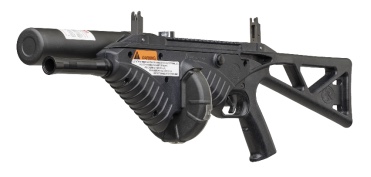 Built from lightweight, rugged polymer and driven by a compressed CO2 air tank, the FN 303 Mk2 upgrades FN’s less lethal technology for today’s officers, delivering pin-point accuracy out to 50-plus yards with new, adjustable flip up metal sights and a MIL-STD 1913 top rail for optical or red dot sights. The optimized operating system doubles the service life of the FN 303 Mk2, now allowing 5,000 projectiles to be fired before first routine maintenance is required thus reducing department armorer maintenance requirements.
Built from lightweight, rugged polymer and driven by a compressed CO2 air tank, the FN 303 Mk2 upgrades FN’s less lethal technology for today’s officers, delivering pin-point accuracy out to 50-plus yards with new, adjustable flip up metal sights and a MIL-STD 1913 top rail for optical or red dot sights. The optimized operating system doubles the service life of the FN 303 Mk2, now allowing 5,000 projectiles to be fired before first routine maintenance is required thus reducing department armorer maintenance requirements.
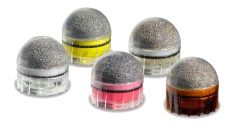
The fin-stabilized, .68-caliber FN 303 projectiles deliver optimum accuracy with maximum effectiveness and safety. Officers can quickly change projectiles from inert, marking impact or irritant projectiles. The clear rear magazine cover allows officers to verify the projectile type and remaining projectile count in the magazine.
To learn more about FN’s Less Lethal product offerings, including the new FN 303 Mk2, please visit www.fnamerica.com.
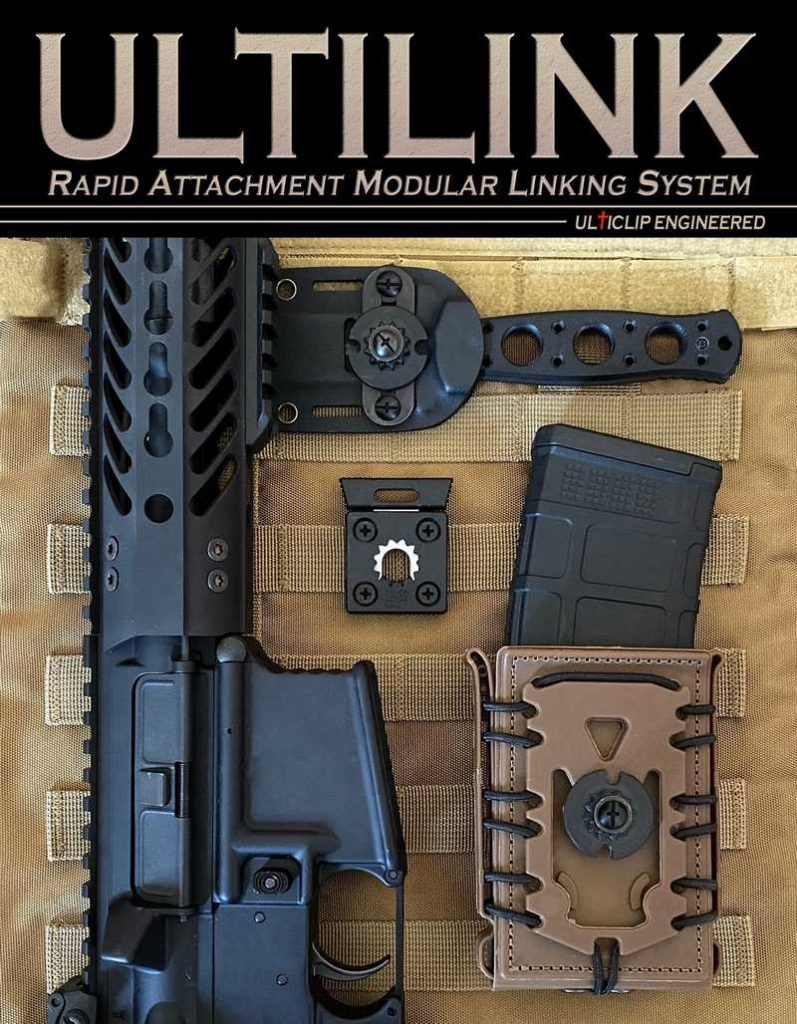


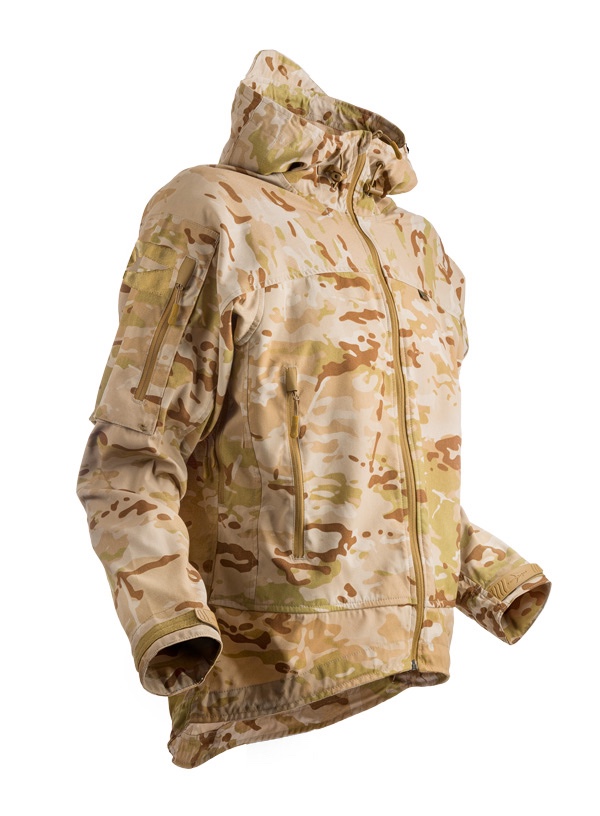
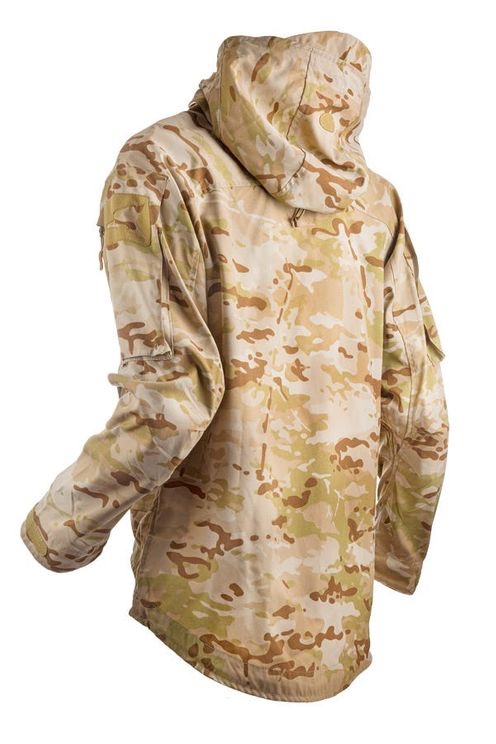
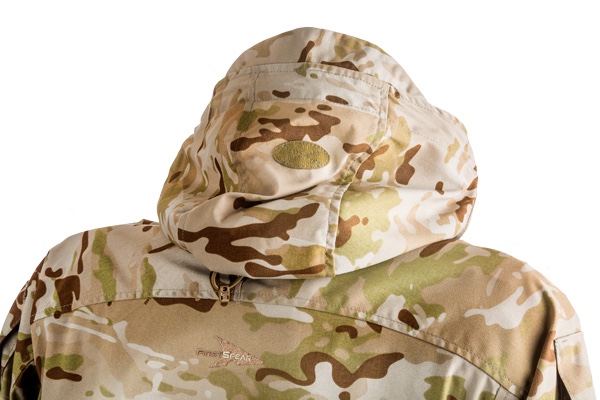
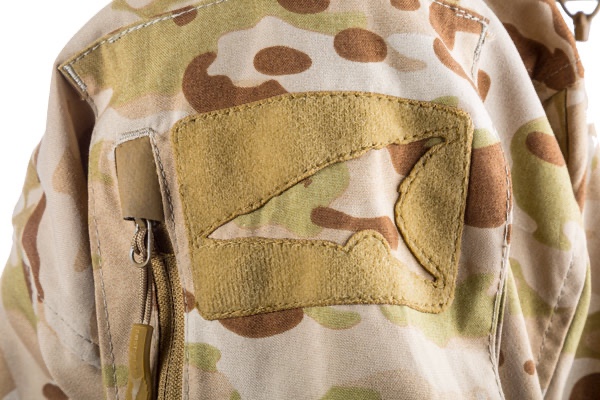
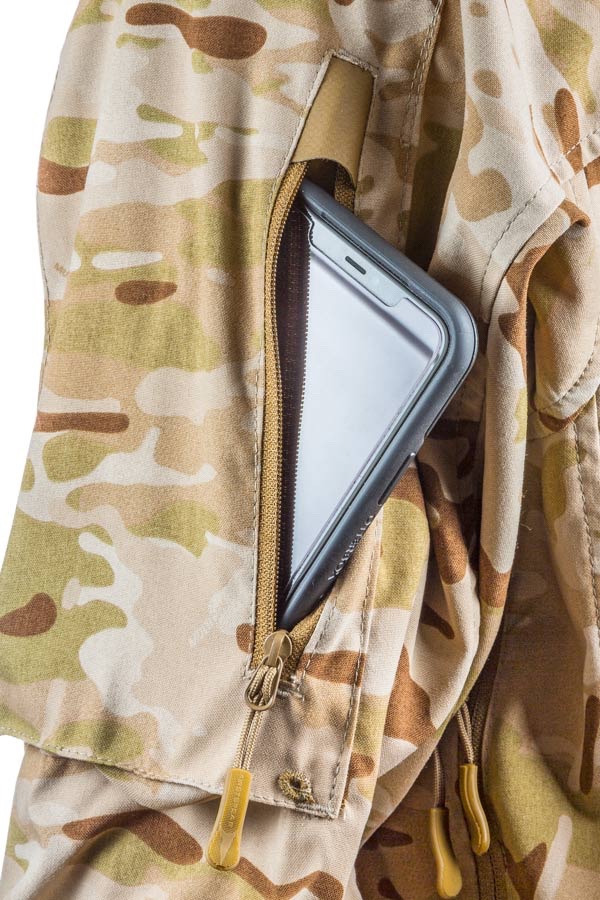
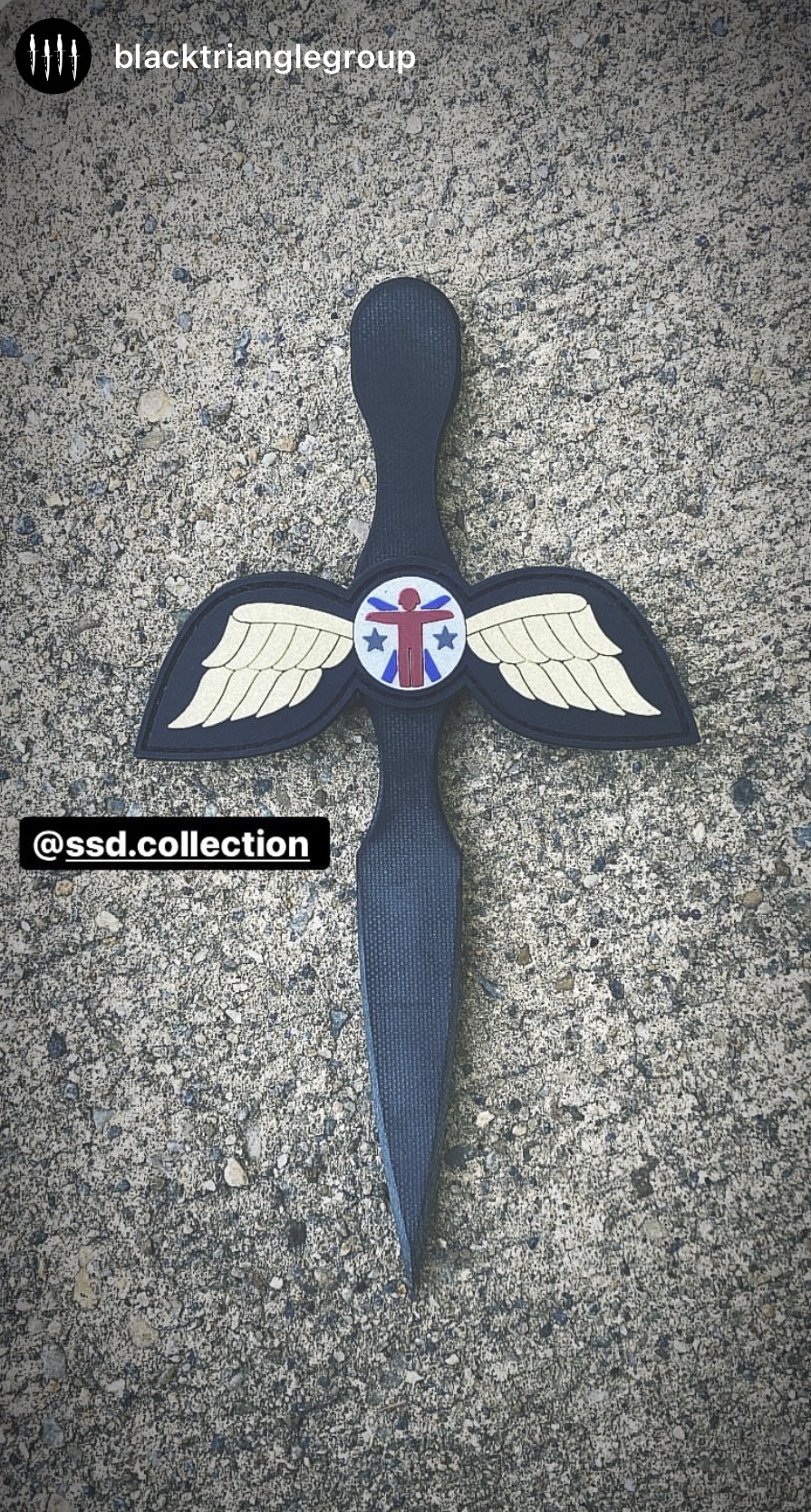
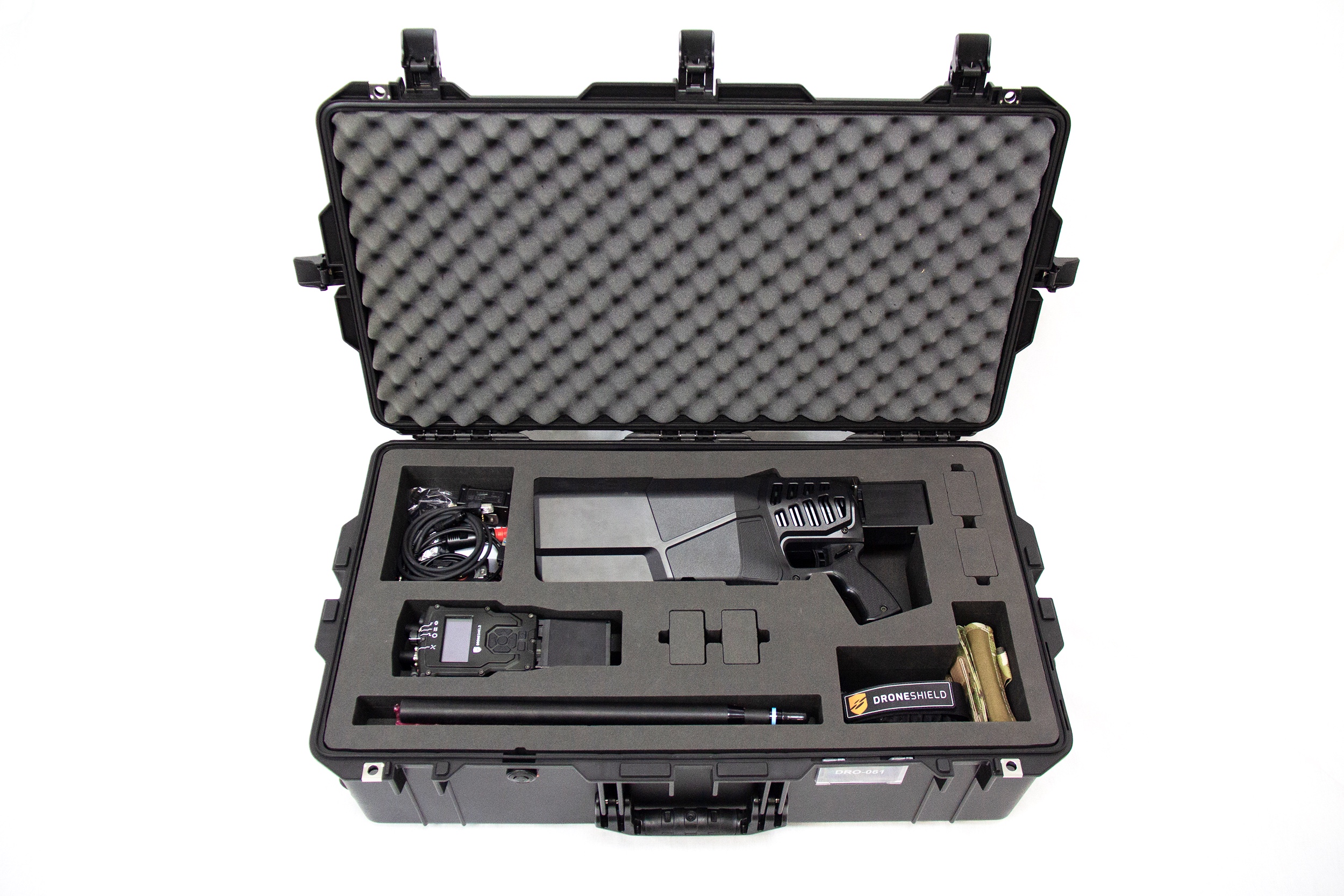
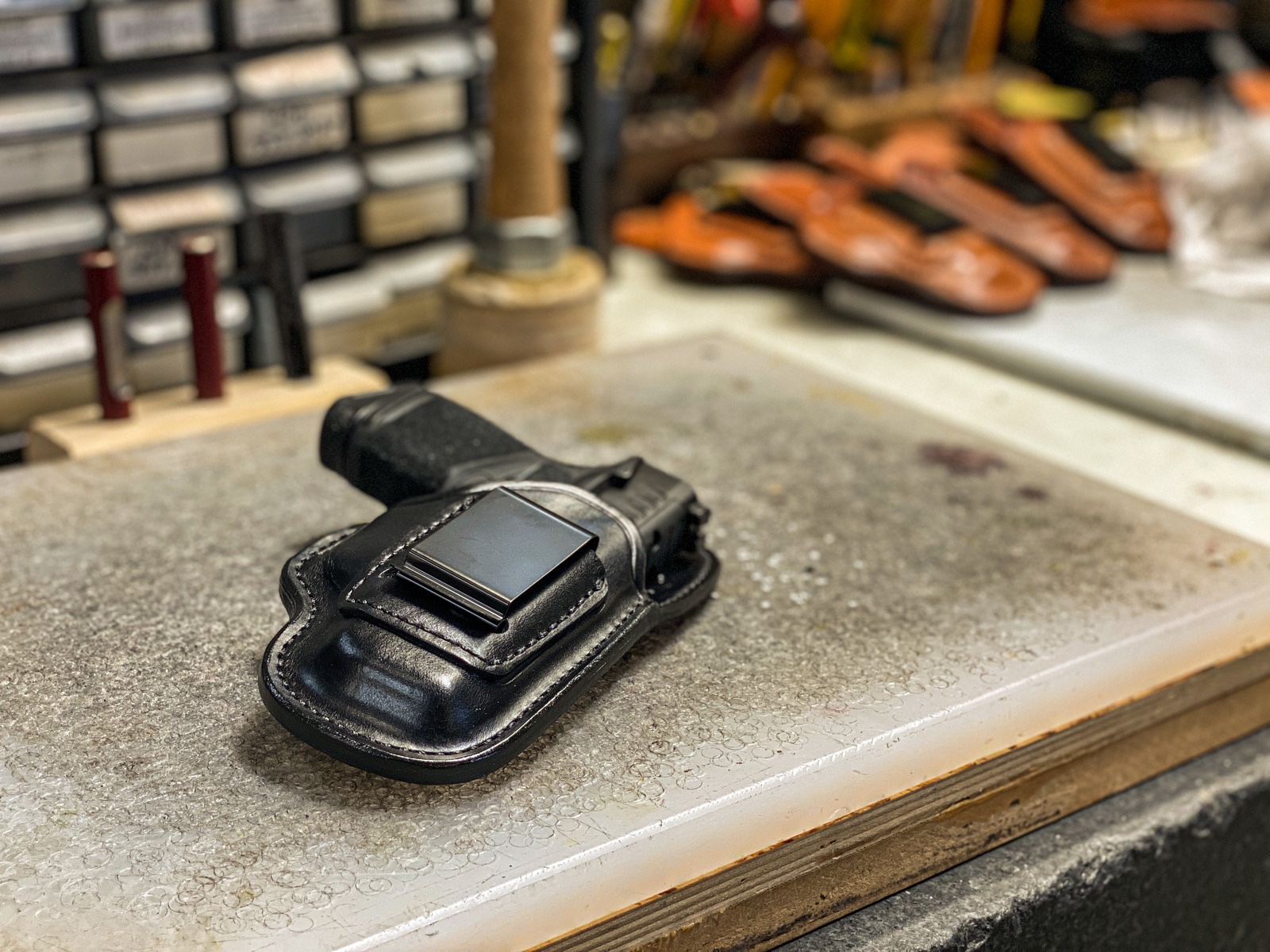
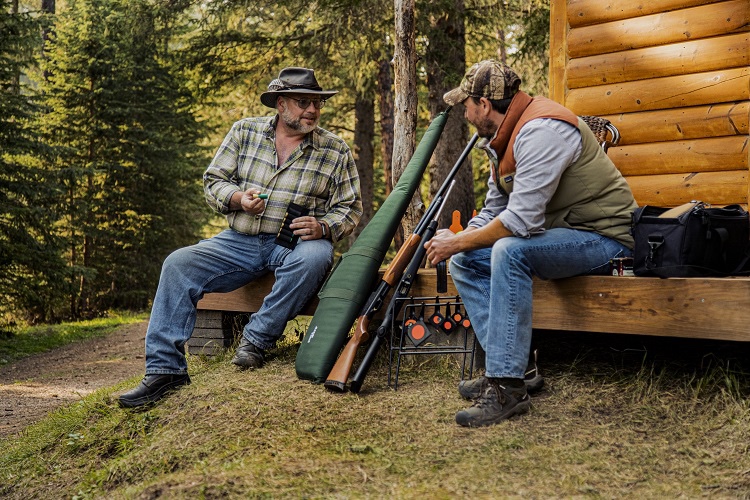
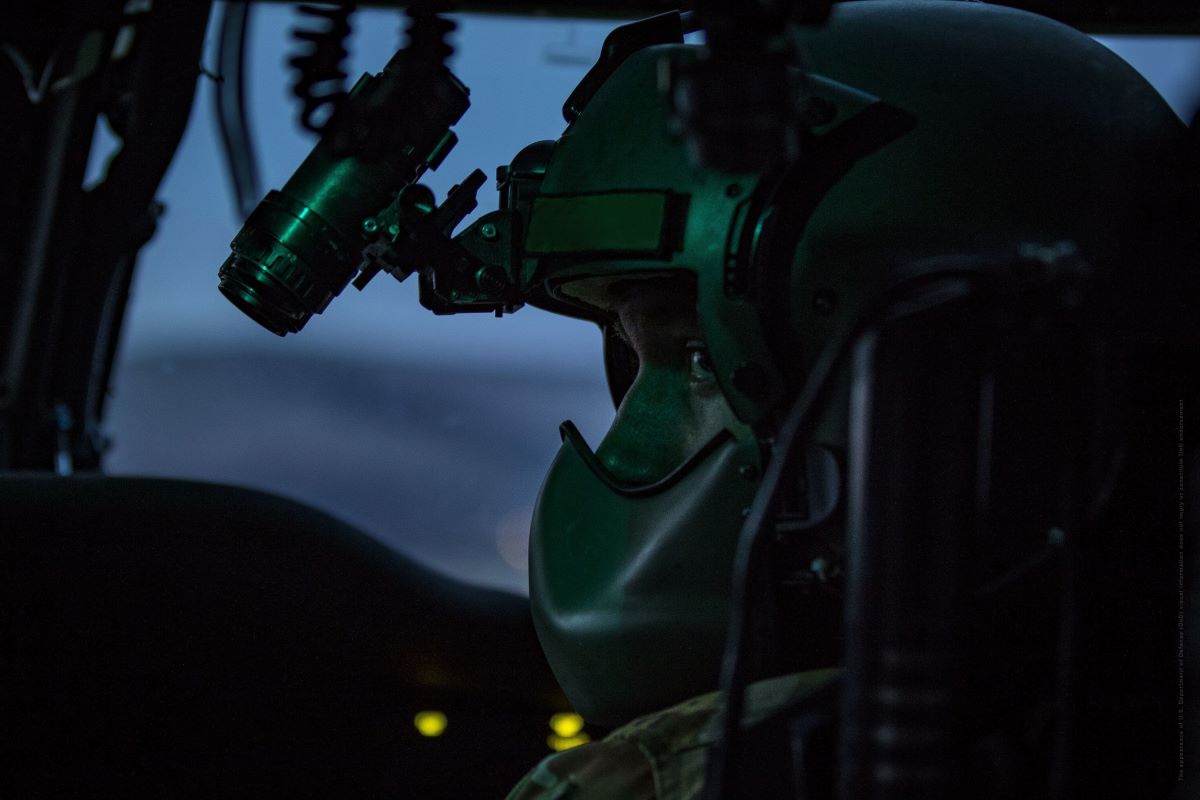
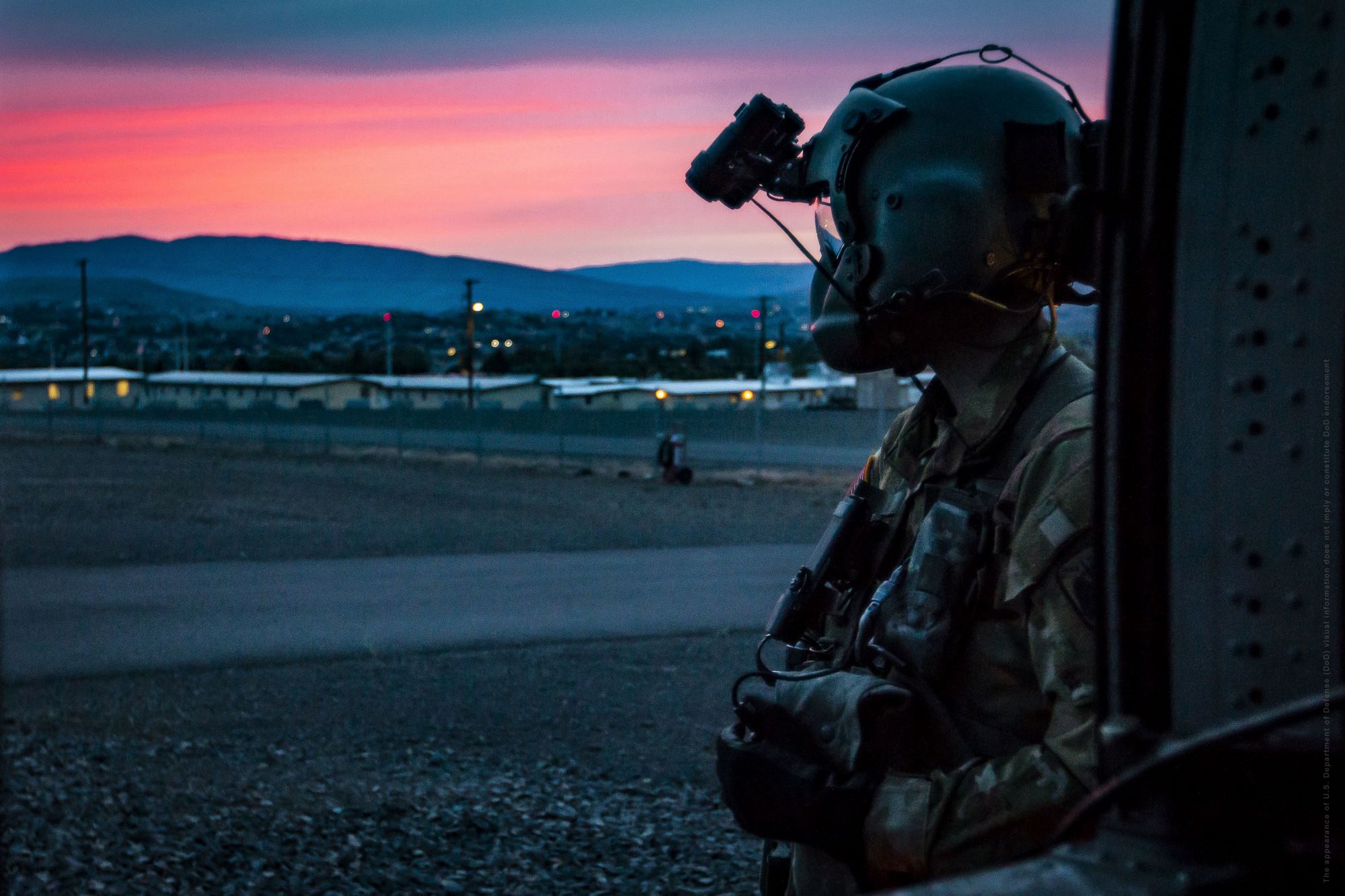

 Built from lightweight, rugged polymer and driven by a compressed CO2 air tank, the FN 303 Mk2 upgrades FN’s less lethal technology for today’s officers, delivering pin-point accuracy out to 50-plus yards with new, adjustable flip up metal sights and a MIL-STD 1913 top rail for optical or red dot sights. The optimized operating system doubles the service life of the FN 303 Mk2, now allowing 5,000 projectiles to be fired before first routine maintenance is required thus reducing department armorer maintenance requirements.
Built from lightweight, rugged polymer and driven by a compressed CO2 air tank, the FN 303 Mk2 upgrades FN’s less lethal technology for today’s officers, delivering pin-point accuracy out to 50-plus yards with new, adjustable flip up metal sights and a MIL-STD 1913 top rail for optical or red dot sights. The optimized operating system doubles the service life of the FN 303 Mk2, now allowing 5,000 projectiles to be fired before first routine maintenance is required thus reducing department armorer maintenance requirements.














































































































